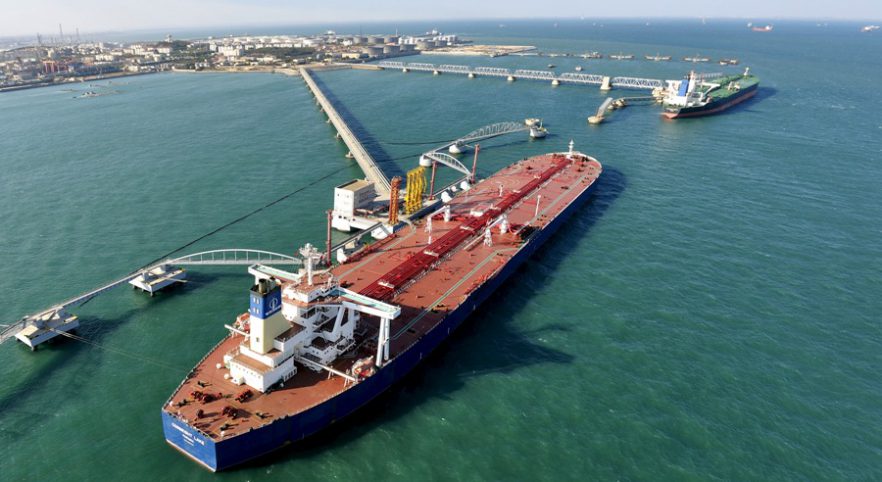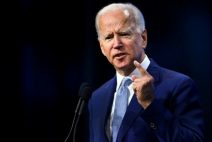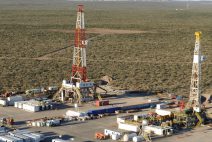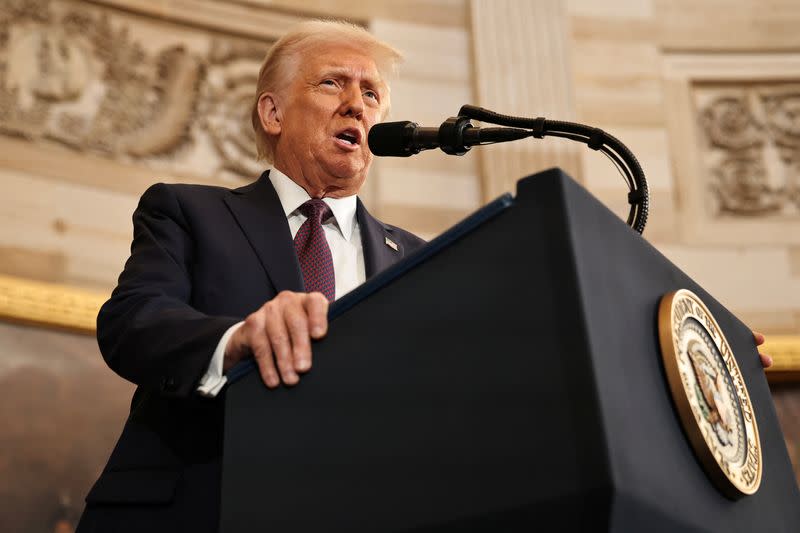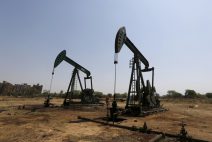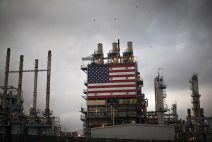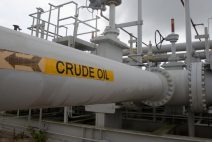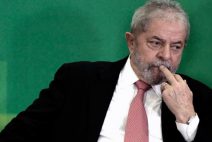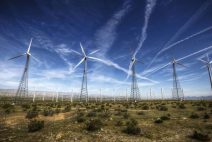China will release crude oil from its national strategic stockpiles around the Lunar New Year holidays that start on Feb. 1 as part of a plan coordinated by the United States with other major consumers to reduce global prices, sources told Reuters.
The sources, who have knowledge of talks between the world's top two crude consumers, said China agreed in late 2021 to release an unspecified amount of oil depending on price levels.
"China agreed to release a relatively bigger amount if oil is above $85 a barrel, and a smaller volume if oil stays near the $75 level," said one source, without elaborating.
The release of crude stocks by China will occur around the Lunar New Year, the sources said. China will be closed for the biggest annual holiday from Jan. 31 to Feb. 6.
China's National Food and Strategic Reserves Administration did not immediately respond to a request for comment.
The agreed release of reserves by China is the result of a series of discussions, reported by Reuters in November, that the Biden administration held with other major oil consumers after tight supplies drove global oil prices to multi-year highs..
Biden and top aides discussed the possibility of a coordinated release of crude stocks with close allies including Japan, South Korea and India, as well as with China.
The United States has conducted crude swaps and sales from its reserves over the past few weeks while Japan and South Korea have also announced plans for crude sales.
China, which has long kept details on its state reserves a secret, conducted last September its first-ever public crude reserves auction of about 7.4 million barrels, about half a day's consumption in the country.
In November, the National Food and Strategic Reserves Administration said it was "working on" a release of crude reserves, but declined to comment on the U.S. request for the coordinated release among buyers.
Oil prices rebounded above $80 a barrel this week buoyed by supply disruptions in Libya and Kazakhstan, a fall in U.S. crude inventories to their lowest since 2018, and an improvement in the outlook for fuel demand in Europe as governments there ease COVID-19 restrictions.
